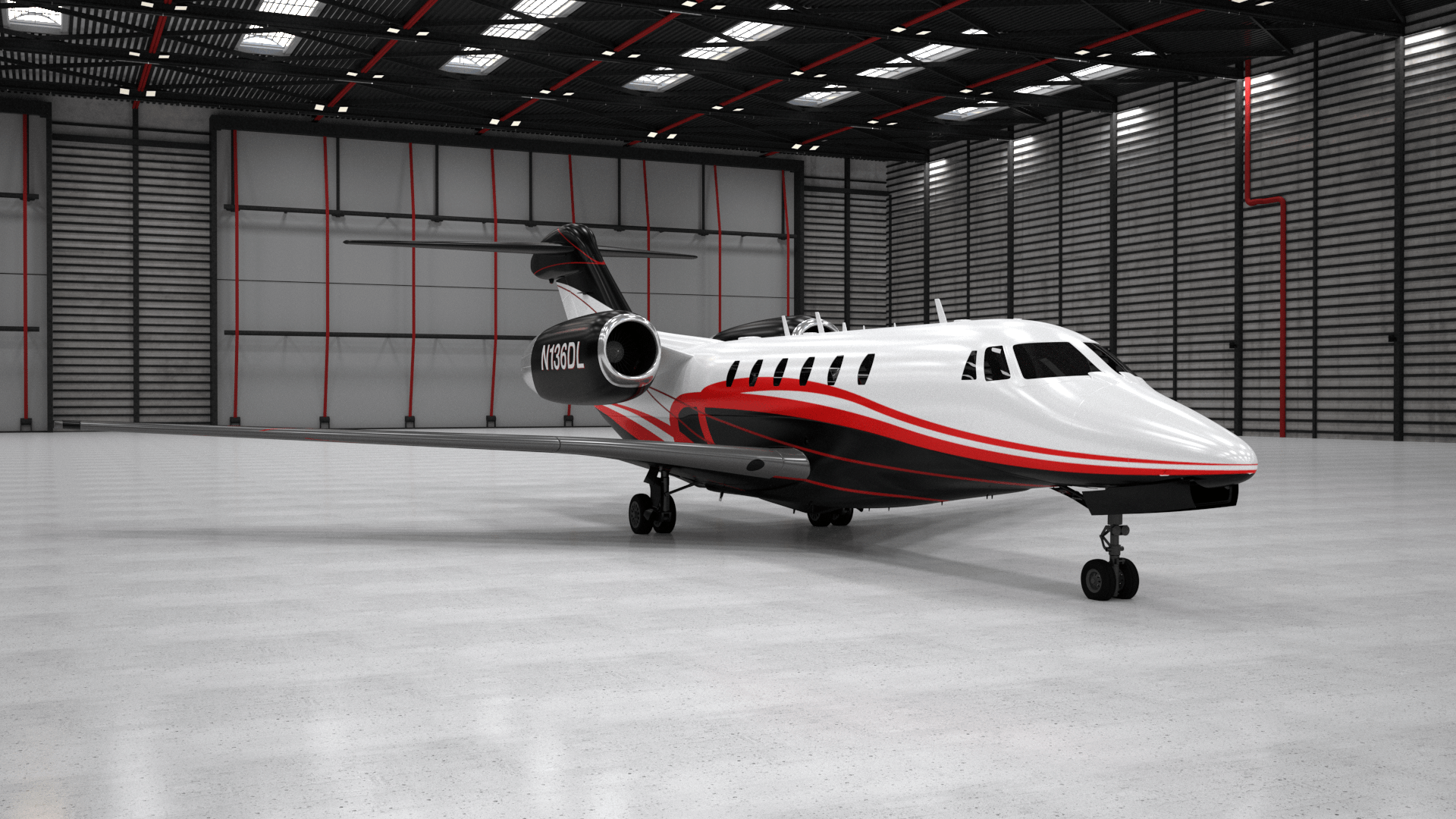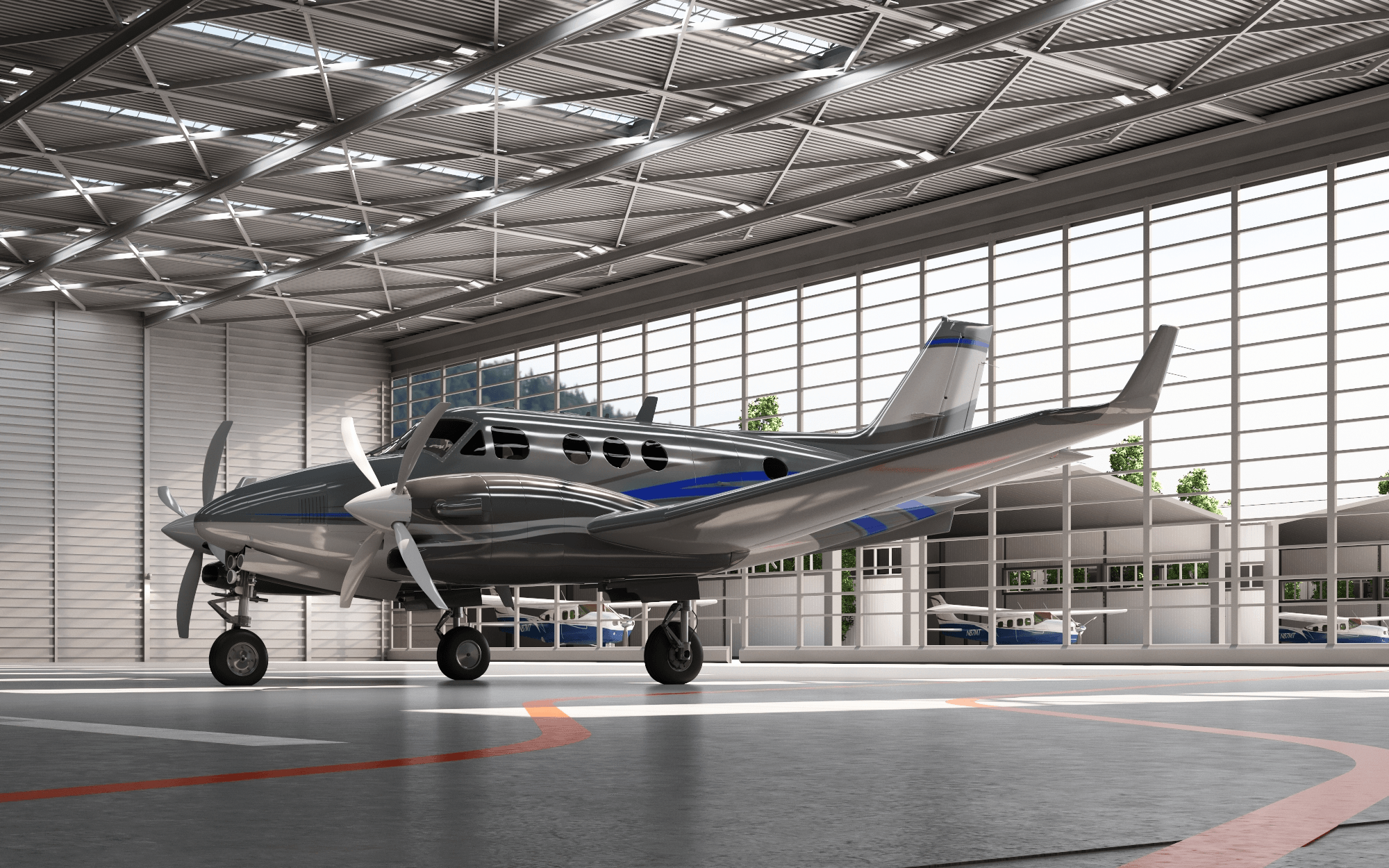Enhance Your Aircraft’s Look: Tips for Selecting a Paint Scheme

Selecting the right paint scheme for your aircraft is a crucial decision that goes beyond aesthetics. It’s about creating an identity, ensuring functionality, and enhancing the overall appeal of your aircraft. Whether you own a private jet, manage a fleet of commercial planes, or are involved in designing airplane paint schemes, understanding the nuances of aircraft paint design can significantly impact your aircraft’s visual and operational aspects. In this blog, we’ll delve into essential tips for selecting a paint scheme that will elevate your aircraft’s appearance.

Understanding the Basics of Aircraft Paint Schemes
The Role of a Paint Scheme Designer
A paint scheme designer plays a pivotal role in the aviation industry. This professional is responsible for conceptualizing and creating designs that not only look stunning but also meet regulatory and operational requirements. A good paint scheme designer considers various factors such as the type of aircraft, its usage, branding elements, and maintenance needs. Collaborating with a skilled paint scheme designer ensures that your aircraft’s exterior is both visually appealing and practical.
Importance of Aircraft Paint Schemes
Aircraft paint schemes are more than just decorative elements. They serve multiple purposes:
- Brand Identity: For commercial airlines, the paint scheme is a critical component of brand identity. It helps distinguish one airline from another and creates a lasting impression on passengers.
- Aesthetic Appeal: For private aircraft, a unique paint scheme can reflect the owner’s personal style and taste. It’s an opportunity to stand out and make a statement.
- Functional Benefits: Certain paint schemes can enhance visibility and safety. For example, high-contrast colors and patterns can make an aircraft more visible to other pilots and air traffic controllers.
- Protection: Aircraft paint also serves a protective function, shielding the airframe from environmental elements such as UV radiation, moisture, and corrosion.
Key Considerations for Selecting a Paint Scheme
1. Purpose of the Aircraft
The intended use of the aircraft significantly influences the choice of paint scheme. A commercial jet will have different design requirements compared to a private jet or a cargo plane. Commercial jets often feature bold, recognizable designs that promote the airline’s brand, while private jets might lean towards more elegant and personalized designs.

2. Color Selection
Color choice is critical in aircraft paint design. Here are some tips to consider:
- Brand Colors: For commercial airlines, sticking to brand colors ensures consistency and brand recognition.
- Visibility and Safety: High-visibility colors like bright yellow, red, or neon shades can enhance safety by making the aircraft more noticeable.
- Heat Reflection: Light colors are better at reflecting heat, which can help in maintaining cabin temperature and reducing cooling costs.
3. Design Complexity
The complexity of the design can impact both aesthetics and maintenance. Intricate designs may look stunning but can be more challenging and costly to maintain. Simple, clean designs are often more practical and easier to touch up. Discussing with your paint designer can help balance aesthetic appeal with practical considerations.
4. Regulatory Compliance
Different regions have various regulations regarding aircraft paint schemes. For example, certain colors and patterns might be restricted for safety reasons. A knowledgeable paint designer will be aware of these regulations and ensure your design is compliant.
5. Material and Paint Quality
The type of paint and materials used can affect the durability and appearance of the aircraft. High-quality paints that are resistant to UV rays, chemicals, and physical wear are essential for long-lasting and vibrant designs. Investing in premium materials ensures that the aircraft will look good for years to come.
6. Environmental Considerations
Eco-friendly paints and materials are becoming increasingly popular in the aviation industry. These options reduce the environmental impact of aircraft painting processes. Discussing sustainable options with your designer can help you make an environmentally conscious choice.
Process of Creating an Aircraft Paint Scheme
1. Initial Consultation
The process begins with an initial consultation between the aircraft owner and the designer. During this phase, the designer gathers information about the client’s preferences, the aircraft’s purpose, and any specific requirements.
2. Conceptualization
Based on the initial consultation, the designer creates several concept designs. These concepts typically include different color schemes, patterns, and branding elements. Advanced design software can provide photorealistic renderings, allowing the client to visualize how the final design will look.
3. Review and Refinement
The client reviews the initial concepts and provides feedback. The designer then refines the designs based on this feedback. This iterative process continues until the client is satisfied with the final design.
4. Approval and Planning
Once the design is approved, the planning phase begins. This includes selecting the right materials, scheduling the painting process, and ensuring that all regulatory requirements are met.
5. Painting Process
The actual painting process involves several steps, including surface preparation, priming, painting, and finishing. This phase requires skilled technicians to ensure that the paint is applied correctly and evenly.
6. Inspection and Final Touches
After painting, the aircraft undergoes a thorough inspection to ensure that the paint job meets quality standards. Any necessary touch-ups are done before the aircraft is deemed ready for service.
Trends in Aircraft Paint Designs
1. Metallic Finishes
Metallic finishes are gaining popularity in aircraft paint designs. These finishes give the aircraft a sleek, modern look and can enhance its overall aesthetic appeal. Metallic paints are available in various shades, allowing for a high degree of customization.

2. Custom Graphics and Logos
Incorporating custom graphics and logos into the paint scheme is a trend that continues to grow. This is particularly popular with private jet owners who want their aircraft to reflect their personal style or with companies that use aircraft for marketing purposes.
3. Retro Designs
Retro designs that pay homage to classic aircraft liveries are also making a comeback. These designs evoke a sense of nostalgia and can be a unique way to stand out.
4. Eco-Friendly Paints
As mentioned earlier, there is a growing trend towards using eco-friendly paints and materials. These products are designed to minimize environmental impact without compromising on quality or durability.
Case Studies: Successful Aircraft Paint Schemes
1. Commercial Airline Livery
A well-known commercial airline recently undertook a rebranding initiative that included a complete overhaul of its aircraft paint schemes. The new design featured bold, vibrant colors that represented the airline’s commitment to innovation and customer service. The paint scheme designer worked closely with the airline’s marketing team to ensure that the new livery aligned with the brand’s image and messaging. The result was a fleet of aircraft that stood out on the tarmac and in the skies, reinforcing the airline’s brand identity.
2. Private Jet Customization
A private jet owner wanted a unique paint scheme that reflected his passion for aviation history. The designer created a design that combined modern elements with vintage aviation motifs. The use of metallic paints and custom graphics resulted in an aircraft that was not only visually stunning but also a tribute to the golden age of aviation.
3. Corporate Jet Branding
A corporation that frequently used its jet for business travel wanted a paint scheme that doubled as a marketing tool. The designer incorporated the company’s logo and color scheme into a sleek, modern design. The aircraft became a flying billboard, promoting the company’s brand wherever it traveled.
Conclusion
Selecting the right paint scheme for your aircraft is a complex process that requires careful consideration and expertise. A skilled paint scheme designer can guide you through this process, ensuring that the final design is both aesthetically pleasing and functionally sound. By considering factors such as the purpose of the aircraft, color selection, design complexity, regulatory compliance, material quality, and environmental impact, you can create a paint scheme that enhances your aircraft’s look and performance.
Whether you are a commercial airline looking to reinforce your brand identity, a private jet owner seeking a personalized design, or a corporation using your aircraft for marketing purposes, the right paint scheme can make a significant difference. With the help of a talented designer, you can turn your vision into reality, ensuring that your aircraft stands out in the best possible way.





